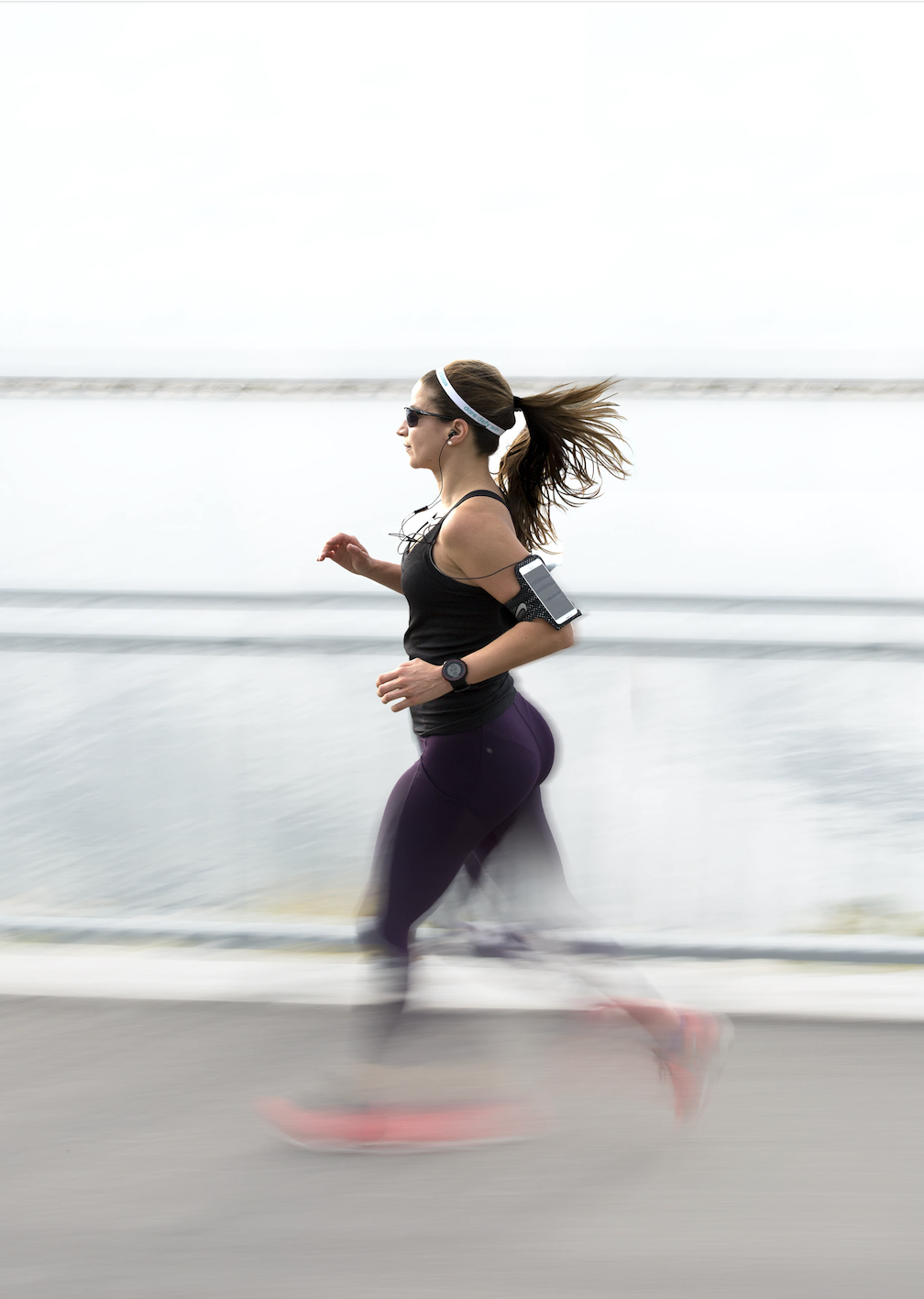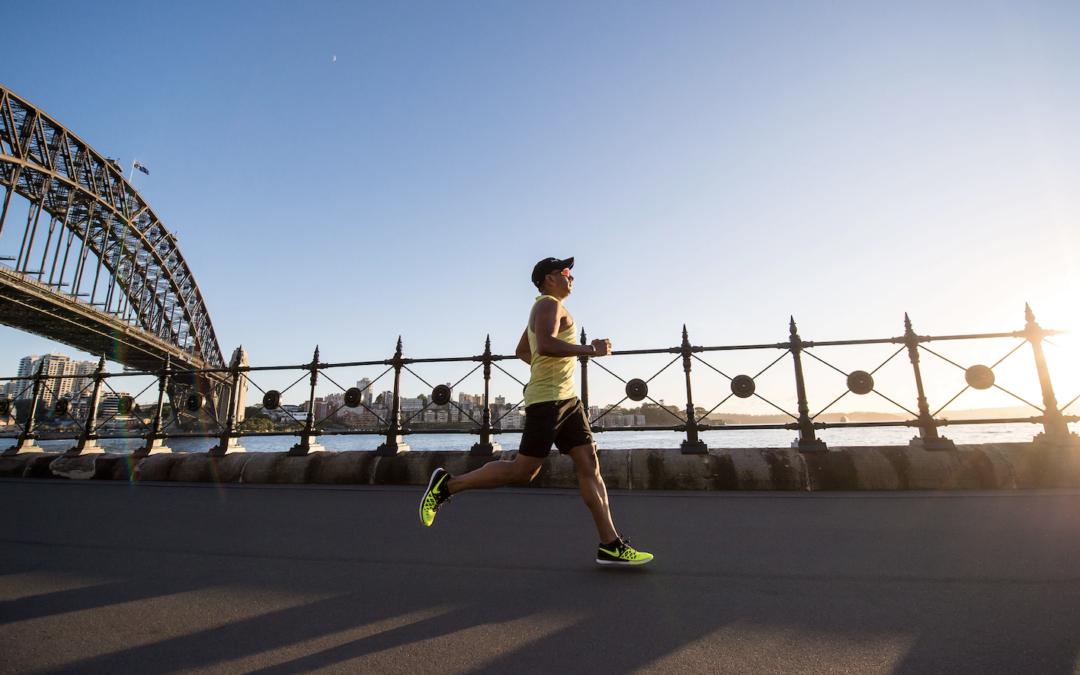- The calories you burn while running depends on factors like speed, age, weight, and terrain.
- For example, a 155-pound person would burn 409 calories in a 30-minute jog at an average speed.
- To burn more calories running, try increasing your distance and running up hills or on the grass.
You can use many different metrics to measure how intensely you are running, from pace to distance to calories burned. Tracking your calories can be a part of a healthy diet or exercise plan, especially if you are trying to lose weight.
Here’s how to calculate how many calories you burn while running and tips on how to burn more.
How many calories does running burn?
The number of calories you burn while running depends on a few factors. For example, if you weigh 185 pounds and run at a speed of 9 minutes per mile for 30 minutes, you’ll burn an estimated 488 calories.
Here are the estimated calories burned for people at three different weights:

However, there are a few more factors that determine the exact amount of calories you can burn when running. These include:
- Weight: Someone who weighs more exerts more energy, and therefore burns more calories, in moving their body while running than someone who weighs less but runs at the same speed.
- Speed: The faster you run, the more energy you exert.
- Duration: The duration of your run matters, because if you run for 20 minutes, you’ll burn fewer calories than if you run for 40 minutes at the same speed.
- Age and gender: Age and gender come into play because they are related to your caloric needs and your metabolic rate, or the calories you burn while your body is at rest.
- Intensity: A more intense run burns more calories. This might include incorporating hill runs or sprints which require you to exert more energy.
- Terrain: This matters because running up hills or on uneven surfaces requires you to work harder than running on a flat, paved surface. Trail runners may burn more calories “because they are doing a lot of maneuvering side to side, skipping over rocks, and making sure they’re not hitting tree roots,” and running in sand or grass also requires more effort.
- Fitness level: Someone who is in better shape will burn fewer calories while running because their body is able to more efficiently deliver oxygen to muscles.
Some exercise calculators can help you estimate the number of calories you burn while running. Fitness and running watches, as well as heart rate monitors, can also give you an estimate of calories burned, although it’s hard to tell how accurate they are.
Important: People often take up running to lose weight, but you should do so under the guidance of a doctor or registered dietitian because you can’t outrun a bad diet. Also, by focusing only on burning calories, you could develop an unhealthy relationship with running.
Runners sometimes underestimate how many calories they need, and if they don’t consume enough, some have bone injuries, bone loss, and irregular menstrual periods in female athletes.

How to burn more calories when running
If you are looking to burn more calories while running, you might consider:
- Increasing speed
- Running longer
- Changing your terrain
- Adding weights (or lifting weights separately)
Use caution when running with weights, as they could hinder your running form, Tenforde says.
Outside of your run, resistance training can help you burn more calories because it builds lean muscle mass, which creates more metabolically active tissue. This means muscles burn more calories even while at rest. Resistance training also reduces your risk of running-related injuries.
Also, if you do a cool down walk after your run and then spend some time stretching, you will burn calories as your heart rate settles down and you continue to move your body.
Benefits of running
Aside from burning calories, running is good for heart health and strengthening muscles. It can also help you meet the US Department of Health and Human Services exercise guidelines.
General advice: Adults should do at least 150 to 300 minutes of moderate-intensity activity or 75 minutes of high-intensity activity a week. Depending on how intensely you are running, it can qualify as a high-intensity activity.
Whether you’re training for a race or just jogging around your neighbourhood, running is good for your physical and mental health. It also provides some social engagement by allowing you to connect with other runners. “You can build confidence and self-esteem as well.”
Several factors go into how many calories you burn on a run including weight, speed, and terrain. If you want to burn more calories, you can turn up the intensity by running hills and sprints. As long as you have a healthy diet and exercise plan, calories can help you track what you’re doing with your workouts from day to day.
A true love for sports


Recent Comments